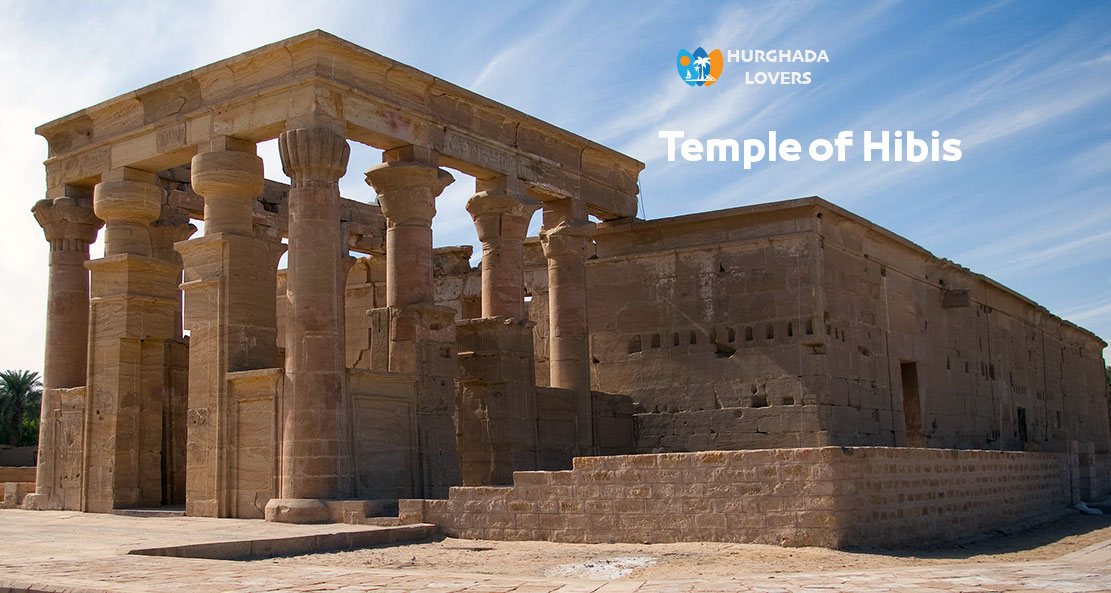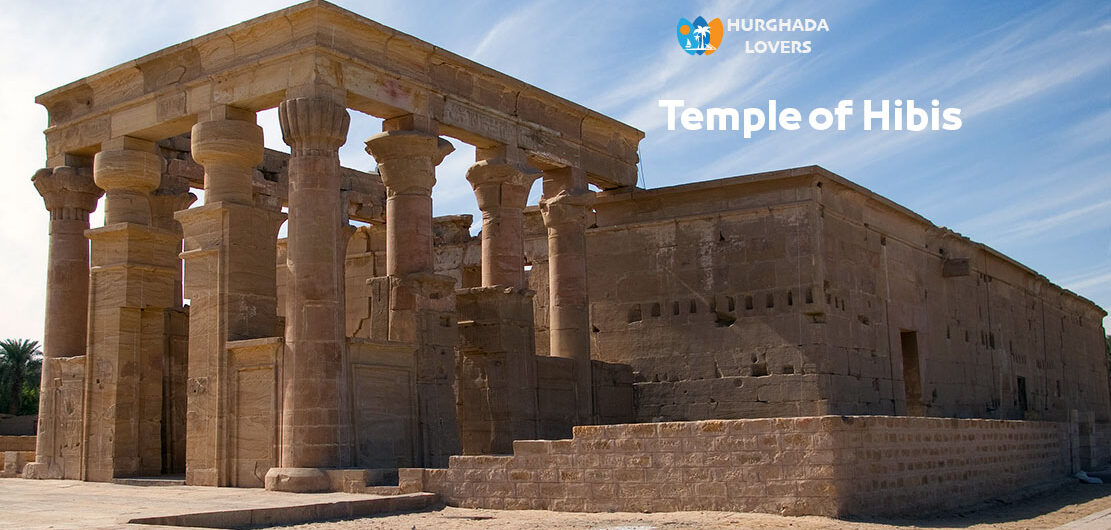Temple of Hibis in Kharga Oasis Egypt | Facts of New Valley Temples, History, Map, Entrance Ticket Prices, Opening Hours and more…
Facts and history of building the most important ancient temples of the Pharaohs, how much is the entry ticket price, official working hours and more.
The Temple of Hibis is one of the most important ancient Egyptian temples and also important tourist attractions in the Arab Republic of Egypt, but specifically within the New Valley Governorate in Egypt, due to its presence in it, approximately one kilometer to the north of the city of Kharga.
Hurghada lovers Offer Luxury Hurghada to Pyramids Tours | El Gouna to Pyramids Tours | Makadi bay to Pyramids Tours | Sahl Hasheesh to Pyramids Tours | Soma bay to Pyramids Tours .
Temple of Hibis
The historical significance of the Hibis Temple
In fact, the great historical importance of this temple lies in the fact that it represents a number of different ancient historical eras, such as the Pharaonic, Persian, as well as the Ptolemaic and Roman eras.
It is also considered one of the most important of those authentic Egyptian temples, as it is tantamount to the only Egyptian temple that is still remaining from the archaeological era called the Persian Sawy and Tan.
The history of that temple
This historical temple bears the name of Al-Kharga Oasis, which is (Hibt-Hibes), and it was built at that time and was built on an area of approximately 798 square meters.
It was about 42 meters long and about 19 meters wide, and it was built in the era of the Persian king, nicknamed King Dara I, and that was in the period from (510-490 BC).
It was actually built on the remains of that ancient temple, whose construction dates back to the era of the Twenty-sixth Dynasty, i.e. about (664 BC).
This is not according to you, but it is believed that he may have had ancient Pharaonic origins that dated back to the era of that Middle Egyptian Kingdom, and that was specifically in the year (2100 BC).
But in those later eras of the Persian era, a number of the most important additions were added to the magnificent ancient temple, and this was done until finally its structural elements were completed.
This actually happened in the period between approximately 390 BC to 69 AD.
The process of taking care of the temple and its restoration
The interest of a group of travelers and scholars in establishing this ancient temple began in the first half of the nineteenth century.
It is the same as the rest of the ancient Egyptian monuments, but in the forties of the twentieth century AD, the Egyptian Ministry of Antiquities had carried out reconstruction and restoration operations for that temple.
The purpose of this matter was to succeed in strengthening all the archaeological elements in it that are already subject to collapse from it, rebuilding and then installing some of the stones that had been found falling from that temple on the ground level.
However, in the period of the fifties and until the beginning of the seventies, the Egyptian Antiquities Authority had conducted many works on how to restore that archaeological temple.
It included filling all the cracks and repairing the cracks and cracks that were present with some colorants and most of them were cement.
Not only that, but that period included samples of replacing new elements with a complete inclusion of carved stone.
And that, of course, instead of those original elements that are unfortunately missing, including a number of complete columns, some of the doorsteps and the wall, and a number of parts in the wall and ceilings, especially in that direct back part of that temple.
Description of the Temple of Hibis inside and out
This ancient temple was built of sandstone and stretched over a relatively high area of the surrounding flat lands.
But the purpose of that building was to actually raise that temple in some way above all the surrounding buildings or dwellings around it in that ancient city that surrounded it at a time on every side.
Accordingly, at that time, the viewer of the building will be able to realize its importance as a sacred and very important place, and then a center that we devote only to the light of the worship of God.
Also, that temple begins from the east, specifically, a port that was located on the edge of that sacred lake, which was already in its place advancing the temple, and then comes the Roman gate, which bore a Greek inscription, as it was designed from the era of the emperor, nicknamed (Galba), and Man Uza in In the year 69 AD.
This is through a number of gates that lead you in the end to the path of rams leading to that great gate and then to the main gate of the temple.
What is the price of a ticket to visit the Temple of Hibis for the Egyptians?
● The fee for visiting the Temple of Hibis for adults is 10 Egyptian pounds
● As for the ticket fees for visiting the Temple of Hibis for Egyptian students, they are: 5 Egyptian pounds
● As for the combined ticket for all Kharga sites, it is 10 for Egyptians and 5 for Egyptian dogs.
What is the price of a ticket to visit the Temple of Hibis for foreigners?
● The ticket fee for visiting the Temple of Hibis is 80 Egyptian pounds
● In the event that the visitor is a foreign student, the entry fee is 40 Egyptian pounds
● As for the combined ticket for all Kharga sites, it is 120 pounds for adult foreigners, and 60 pounds for foreign students.

